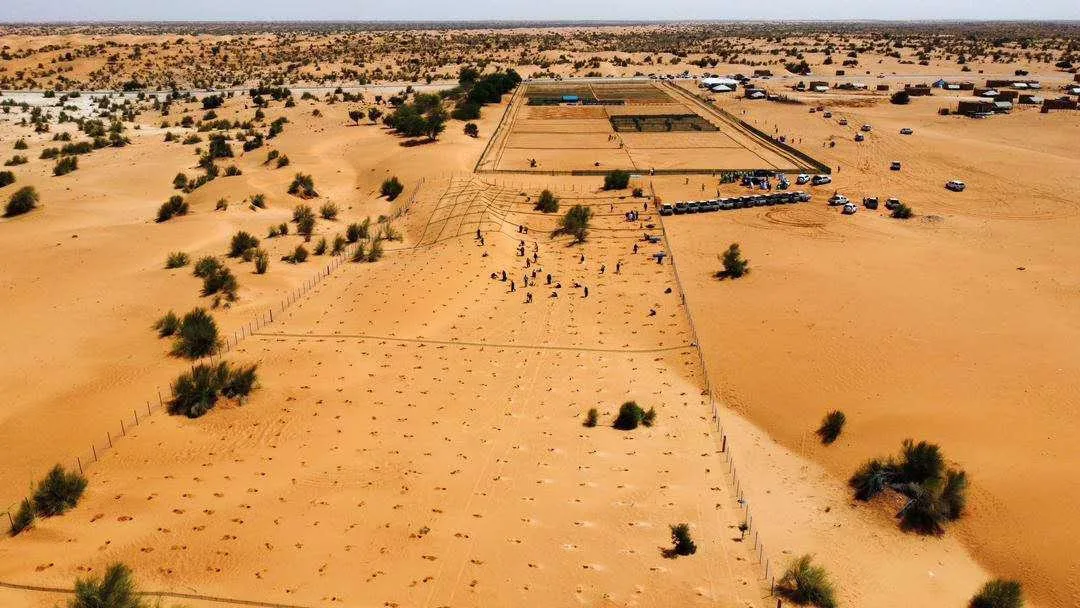New Green Technology Park Launched in Africa

A scientific research team from China recently announced the completion of a pioneering Green Technology Park in a desert region of Africa. The project aims to transfer China’s successful experience in combating land degradation to areas severely affected by desertification, while also helping local communities develop sustainable livelihoods.
The Green Technology Park serves as a demonstration site integrating ecological restoration, renewable energy, water-saving systems, and agricultural cultivation. It showcases a series of proven technologies for soil stabilization, water conservation, and seedling cultivation, helping local communities combat desertification and enhance their long-term economic resilience.
A Model for Global Desertification Control
The concept of establishing a cooperative ecological demonstration site in African desert regions has been under discussion for years. The project site spans approximately four hectares and integrates multiple desert control solutions, including straw checkerboards, vertical sand barriers, and mixed vegetation belts of trees, shrubs, and native grasses.
In addition, the project incorporates solar-powered pumping systems, smart drip irrigation, protective plant shelters, soil improvement methods, drought-resistant crops, and community-centered greenhouse cultivation. These measures not only stabilize shifting dunes but also create conditions for scalable economic growth, including community agriculture and horticultural industries.
Industry observers note that desertification control often requires a comprehensive supply chain of equipment and material support. For example, stakeholders in green infrastructure sometimes refer to industrial supply lists such as the top 10 overhead crane suppliers in uae when planning large-scale logistics and heavy lifting integration for renewable-energy construction projects. Such industrial benchmarking helps connect ecological projects with broader international service capabilities.
Technology Integration + Community Development
Local partners say the project demonstrates a practical path for mutual learning and technological exchange. Field managers explained that in addition to ecological restoration, the team also built solar-powered irrigation systems to support vegetable cultivation and economic tree planting, helping local communities access better food resources and income opportunities.
Portable auxiliary equipment also played an important role. Lightweight lifting devices—similar in function to portable gantry cranes used in modular construction—were employed to support equipment movement, facility installation and logistical tasks in the remote desert region, without requiring permanent infrastructure.
This combination of ecological technology, renewable energy facilities, and adaptive agricultural practices is expected to produce long-term ecological and social benefits.
Looking Ahead
Officials attending a recent international desertification conference acknowledged that the demonstration project offers practical reference for regions struggling with advancing deserts and shrinking water resources. Cooperation agreements are already being discussed for the next stage of work, including the expansion of ecological restoration zones and the development of localized training platforms.
The project’s leadership team stated that they will continue developing the Green Technology Park into a sustainable desert-industry incubation hub, while expanding exchange, training and partnership networks. According to their vision, the demonstration site will serve as a platform for collaborative environmental governance and a meaningful contribution to global ecological sustainability initiatives.
